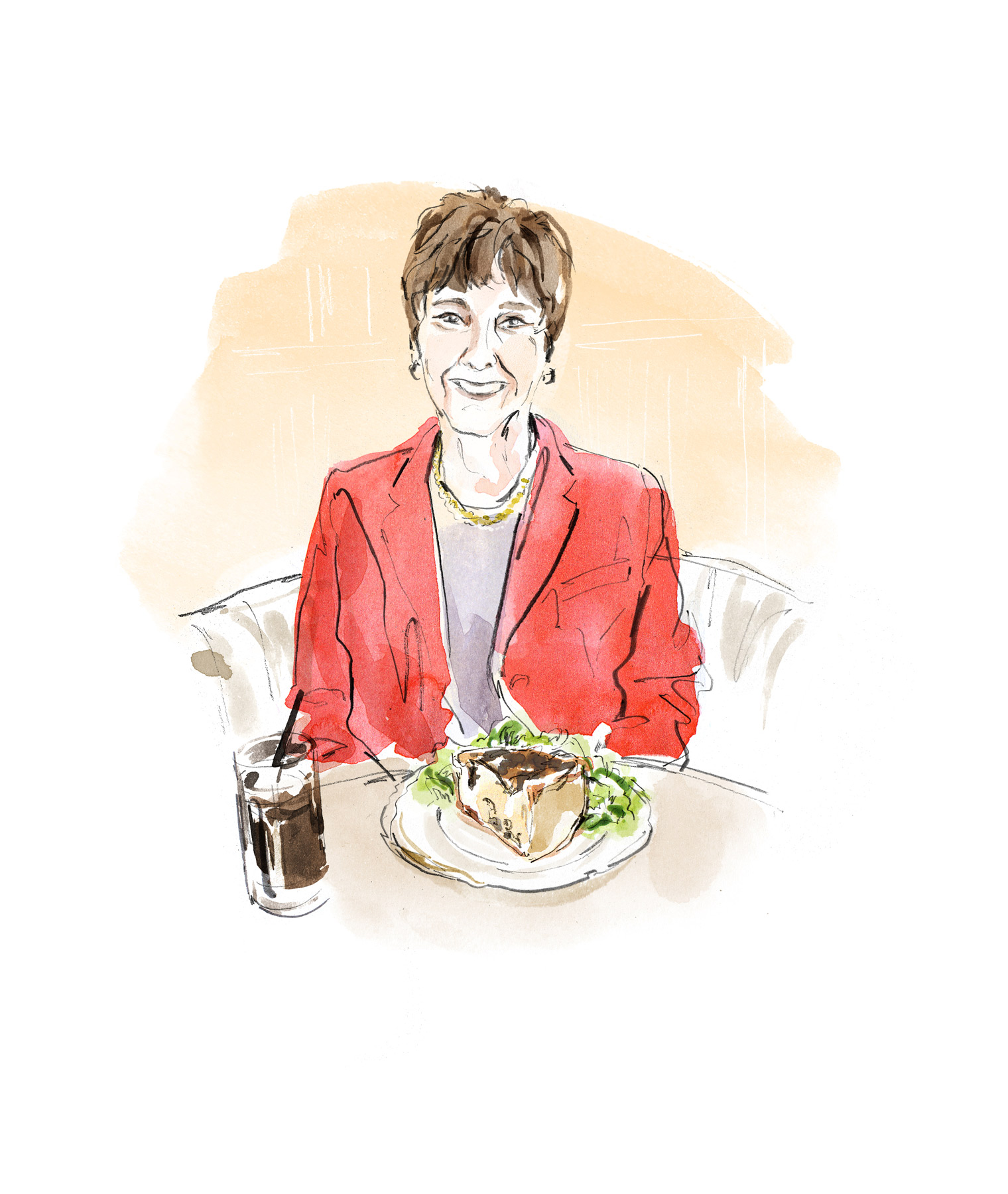After graduating from college, Mary Anne Alhadeff became a French teacher at a Montessori school in Minnesota. Her degree was in education and French, and that’s what she was doing: standing in front of a classroom, delivering information. But something was off.
“It just wasn’t quite the place for me,” she says, in the kind of serene voice you might expect from someone who has spent the last few decades in public broadcasting. Today she’s the president and CEO of North Texas Public Broadcasting Inc., which serves the fifth-largest media market in the country.
It was the company’s television station (KERA TV, channel 13) that brought me Big Bird and Bob Ross when I was a kid, and “Frontline” and “Downton Abbey” now. It’s the company’s radio station (90.1) that I listen to just about anytime I get in the car, the bearer of Diane Rehm and Terry Gross and a slew of great local shows like “Think” with Krys Boyd. The company is also known for its website, Twitter feed, local reporting, and the music of KXT (91.7). KERA has an impressive history, too. It was the birthplace of “Newsroom” with Jim Lehrer, and the first station to broadcast Monty Python in the U.S.
Around the time Alhadeff was realizing she didn’t want to be a schoolteacher, she volunteered at her local public broadcasting station in St. Paul, Minnesota—and she loved it. Soon she got a job there, as a production assistant-cum-secretary, and started working her way up. She has worked at stations in New Hampshire, North Dakota, Maine, and Seattle, where she met her husband. Before becoming an executive, she spent years as a television producer, focusing mostly on arts programs. This, she tells me, is why she’s compulsively early.
“If your show airs live at 8 and you have dead air until 8:02, you do not have a job in the morning,” she laughs. She says she sat in her car for 15 minutes before meeting me, even though she was only coming from a few blocks away. “I’ve got that engrained.”
We’ve met for lunch at Mercat Bistro, a few blocks from her office, and she suggests the Quiche Lorraine. No exaggeration: it’s the best quiche I’ve ever had, and by a long shot. You can also taste your cholesterol going up with each delicious, buttery bite.
“This is the first place I’ve found quiche that really makes me feel like I’m back in France,” she says. “It’s evil, and I’ll have to spend an extra hour on the treadmill, but it’s really, really good.”
Of course she’s erudite and couth—she describes her career as a “lifelong liberal arts education”—but she’s also a remarkable (and remarkably subtle) salesperson. After asking me a few questions about my life and my background, she was able to name several upcoming programs and projects, both on television and radio, that she knew I’d be interested in—a skill I imagine being very useful when dealing with potential donors.
A lot of her time is spent fundraising, she says. Much more than it used to be. A lot of money (approximately 25 percent) comes from small, individual viewers and listeners like me who give during pledge drives, but an increasing amount comes from big donors who are interested in certain shows. The station just received a grant aimed at exploring the possibility of taking an hour of Krys Boyd’s show regional or national.
It can be difficult, Alhadeff tells me, because KERA competes directly against commercial media outlets that have much more money. “Our business model is reversed,” she says. “We don’t do programing to make money. We determine what programing will best serve the public, then we figure out how, by hook or by crook, we’re going to raise that money.” She says her budget meetings always start with a discussion of the station’s overall mission.
This is how they’ve managed to hire more local reporters and how they started a five-year plan that will deepen news coverage in the areas of health, science, and technology; the arts; and education. She also touts the station’s children’s programming: 12 hours a day, every weekday, no matter what’s going on elsewhere in the world.
“We want to have a place where parents and grandparents can send their children—a safe harbor of non-commercial, non-violent children’s programs,” she says. “We treat children as young minds and not young consumers. That’s really important to me.”
In the end, Alhadeff says, she’s still a teacher, just like when she started her career. “I’ve never been in the broadcasting business,” she says. “I’ve always been in the education field.”






